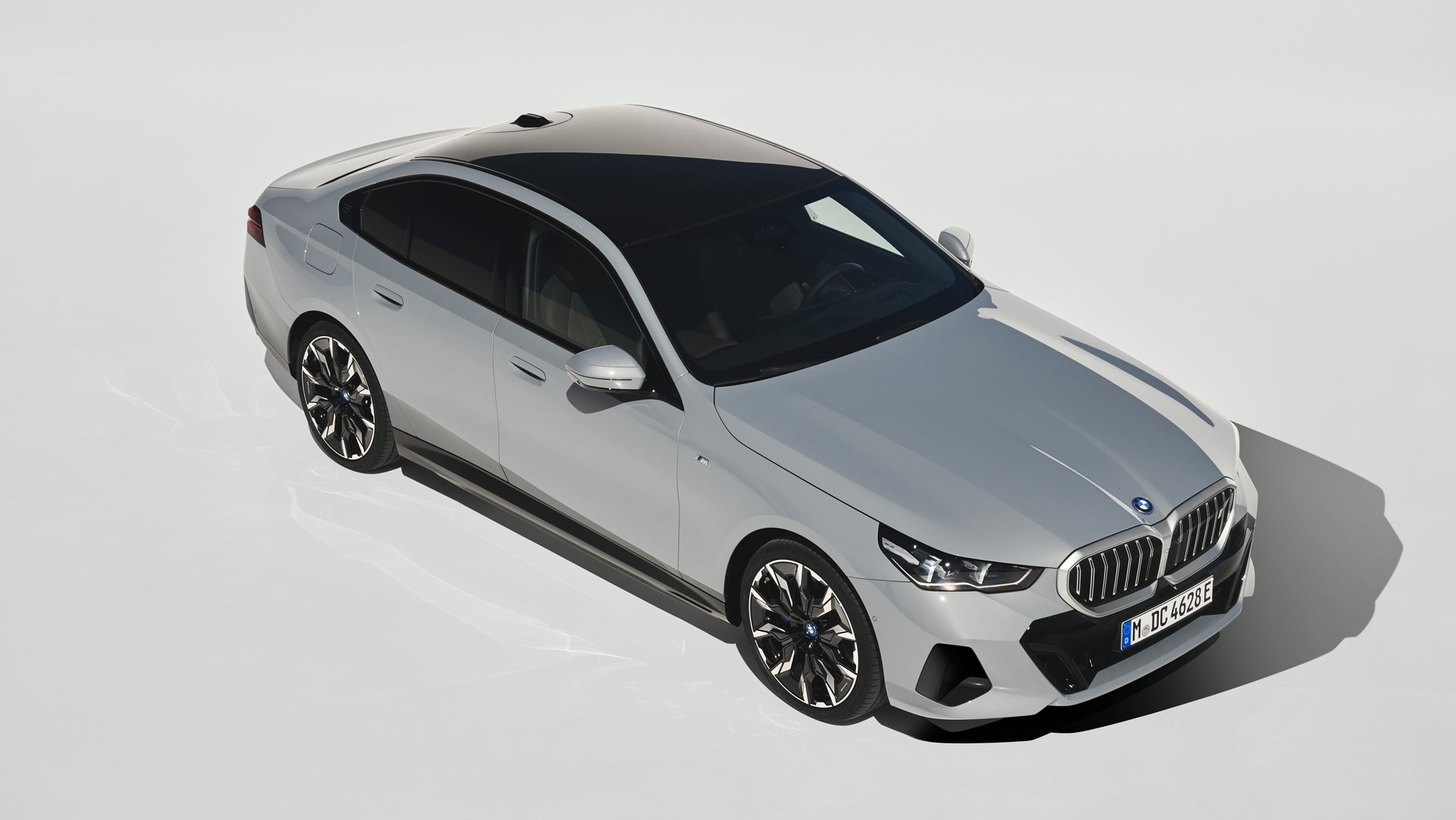Who doesn’t love finding an old former racing machine that still has some life inside? Enthusiast Matt Kurek of Mullica Hill, New Jersey was lucky enough to grab a 1972 Plymouth Duster that once lived its life a quarter-mile at a time. “I got a tip from a friend of mine that this car was sitting in a backyard near my house. I figured I’d head out and take a look. I’m happy I did,” states Matt.
Though the car’s racer origins are most prominent, the Duster was born with a solid pedigree. Originally this A-body was a 340/4-speed car with a 3.91 Sure Grip-equipped rear axle. The B3 Basin Street Blue paint is the original paint for the car..
Kurek made the short trip over to the yard in question to find this forlorn Plymouth sitting in the high grass. From the looks of things, the Duster had been there for quite a while. “I took a quick look at it. For what this car had probably gone through over the years, it was still in reasonably good, restorable shape. I mean, it needed work, but it wasn’t a basket case. The paint really grabbed my eye and as you could tell, it had been a racer for at least part of its life.”
The “shark tooth” grille was available for 1971 and 1972 Dusters and is a coveted item. The J54 scoop was a 1971-’72 Dodge Demon item, though finding one on a Duster is pretty common. Note the tow tabs on the front bumper…before everyone had a truck and trailer, the race car was flat-towed!
A quick look-over said that even without the drag racing history, this Duster was something to have. The twin snorkel scoop, an option on the 1971-’72 Dodge Demon, is commonly installed on A-body Mopars to give them a proper muscle car look that separates them from their pedestrian Dart/Valiant origins. Of course, that shark-tooth grille up front, a 1971-’72 option, is something every A-body fanatic wants on their ride. The Duster’s grille appeared to have a dose of body color added to it along the way. However, there was one more modification that really stuck out when Matt checked over the car.
The craziest modification were these light-up “440” callouts on the rear quarter panels. After cutting out the numbers, the previous owner created a light box behind Plexiglas. Hit the switch, light up the numbers, and show everybody what they were up against.
That one customization was the “light up” 440 call-outs on the rear quarters. “This guy went out of his way to let everyone know what he had under the hood. He devised a neat system in the trunk to “light up” his engine call outs.” On the rear haunches of the Duster, the previous owner built lighting fixtures to illuminate the “440” numbers, which he cut out of each quarter panel. Then Plexiglas was mounted in the numbers to finish off the look the owner wanted.
The engine bay of the Duster tells the tale: fender well headers and an engine plate meant for a 440ci big-block application.
Under the hood, there were also remnants of days gone past. “Someone cut out the inner fenders for a set of fenderwell headers, which are still present. The car also had custom-made aluminum engine plates installed to mount the big 440. There is a fuel cooler can still attached to the radiator support up front,” Kurik told us. A set of rusty tow tabs on the bumper and a set of crusty Cragar Super Tricks at the corners give blatant clues to this car’s past drag race history.
A mainstay on drag racing machines in the 1970s, Cragar Super Tricks were some of the lightest wheels you could put on your ride. Don’t confuse them with the SS/T (Street Super Trick) that were DOT-legal…these aluminum classics aren’t.
Matt got some info on the history of the car when he purchased it. “The Duster is an original B3 Basin Street Blue ’72 four-speed 340-motivated ride, built up nice from the factory with a Sure Grip and 3.91 gears. Somewhere down the line, the owner wanted to do some serious drag racing, so the 440 was installed and was backed up by a 727 Torqueflite. It also has subframe connectors and a trunk mounted battery.”
The interior of the Duster was left mostly stock, minus the auxiliary panel for ignition, the fuel pump switches and the fuel pressure gauge, and the line-lock button laying on the carpet. The wide center hump and third pedal are from the car’s stock form as a 340/4-speed junior supercar.
The interior looks pretty much the way it was born, except for the hole made for the automatic shifter that was installed over the years, and an aluminum panel which houses the ignition and fuel pump switches and a gauge to keep track of fuel pressure. The buckets are still there, and the dash isn’t chewed up too bad.
After the powertrain was swapped into another car, the Duster was parked for about thirty years before Matt Kurek was able to purchase the car.
The car was raced at Old Bridge Township Raceway Park in Englishtown, New Jersey and was a street brawler as well for many years. At some point the powertrain was extracted and installed in a Plymouth Road Runner. The Duster was then parked behind the owner’s house for storage. After about thirty years of sitting, Matt made the move to make it his own. Maybe one day, this Duster will make its way back to the street, and who knows, it might have a few good runs left in it!

